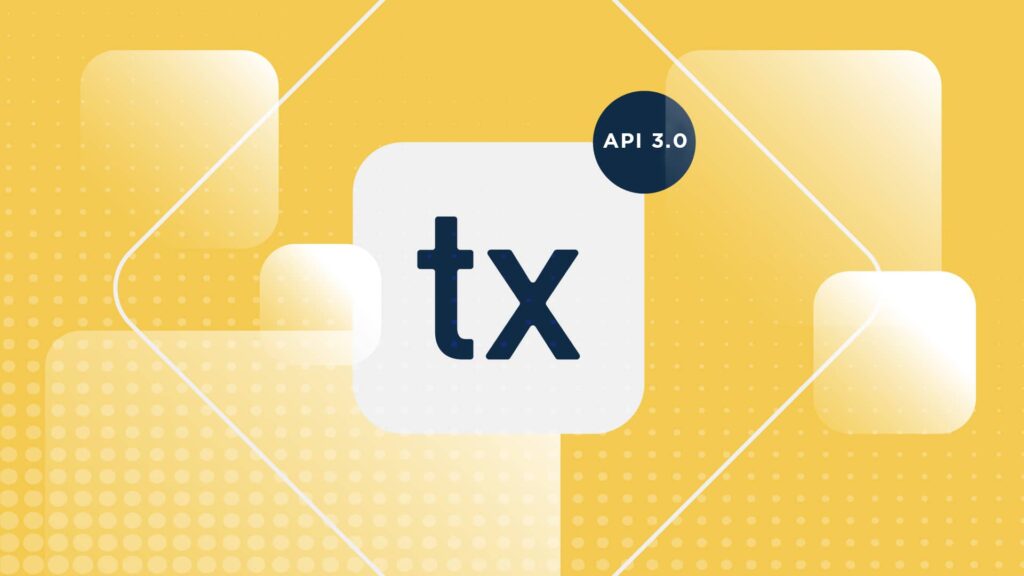

3 Things you Can Achieve With Transifex’s Localization API 3.0
Not too long ago, we announced the stable release of Transifex’s localization API 3.0 and the deprecation of our old APIv2 and APIv2.5. As a reminder, APIv2 and v2.5 will sunset in April 2022!
Almost past the midpoint in this 1-year deprecation period, we would like to emphasize the value offered with API 3.0, regardless of whether you have just started out with API 3.0 directly or you are migrating from previous versions.
Efficiency
API 3.0 is designed based on the json:api specification. All API interactions are therefore standardized. You don’t need to build a custom library to integrate with Transifex, which also has high maintenance costs.
On the contrary, you can plan and design the whole automated localization workflow early on in the integration phase, and expect no surprises.
Scalability
API 3.0 makes full use of relationships and links. The responses contain not only the requested object but also the URLs referencing where related objects are to be accessed.
You can build a client on a continually evolving and stable API 3.0, without having a hard-coded knowledge of all the API 3.0 endpoints that are needed.
Linked or related endpoints can be retrieved directly from the original response and dynamically be interacted with.
Flexibility
API 3.0 comes with features that optimize usage and offer various options to the users, that you can utilize and adjust according to your needs. These are:
- Pagination: users can follow the pagination links embedded in all API 3.0 responses, in the form of next, and prev links. They are protected from navigating to wrong page results, while at the same time if the results’ list size changes, the pagination links remain valid.
- Filtering: API 3.0 offers many options to filter out when retrieving results. Also, these filters are simple GET variables, that can be used for the same parameter, eg. ?filter[a][b]=XXX
- Impersonation: With the use of a special HTTP Header, it is possible for someone, such as a localization manager, to perform some actions on behalf of another user, such as a translator. Think of when translation work needs to be migrated offline, as an example.
- Predictable endpoint URLs: collection, object, related object, and relationship URLs all follow the same patterns, eg. /<type> for collections, /<type>/<id> for objects, etc. Any potential changes to the Transifex business model can easily be reflected in API 3.0 and adopted with minimum effort from API 3.0 users.
Still Not Convinced?
You must be an exception! Many of our customers have already migrated their in-house apps and scripts to use API 3.0, so as to take full advantage of all the benefits API 3.0 has to offer.
If you haven’t used the Transifex localization API yet to automate your localization process, or you have any questions regarding the migration, fear not! We’re here to help!








